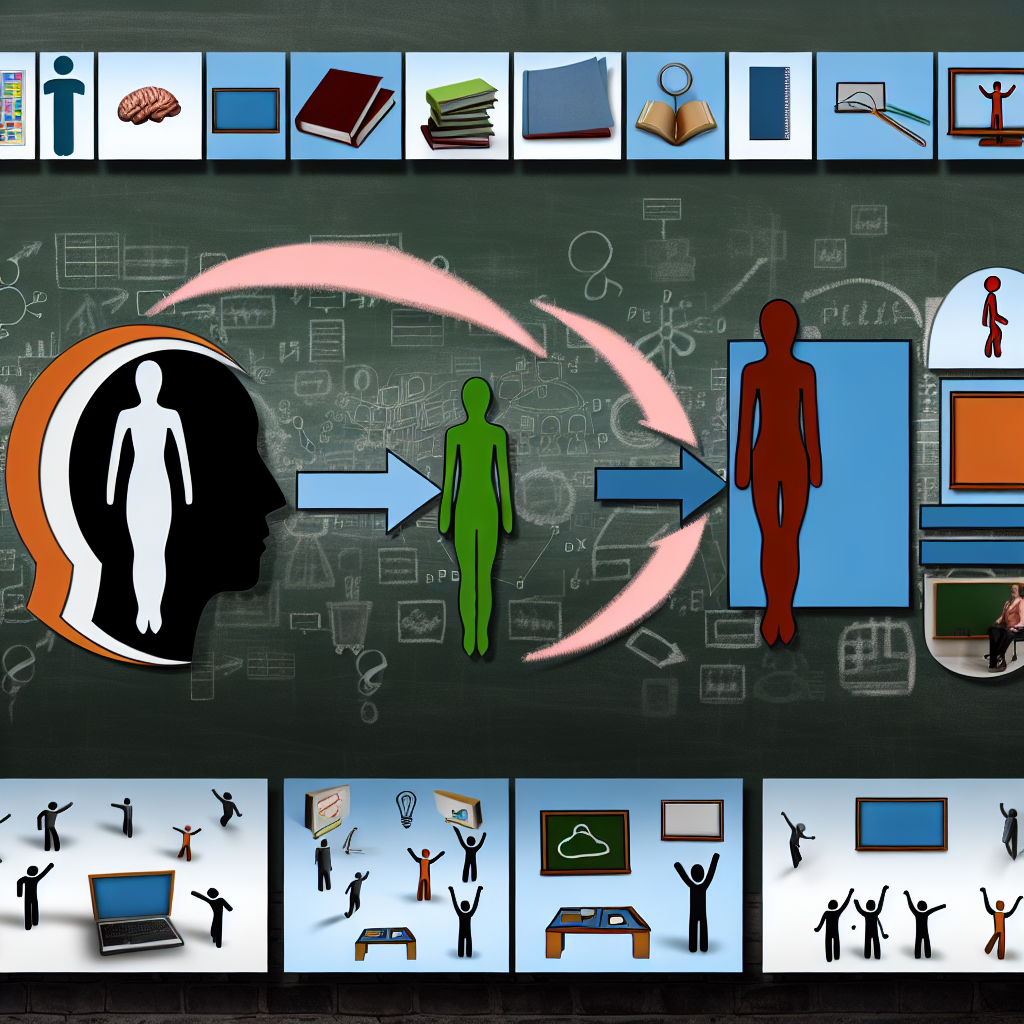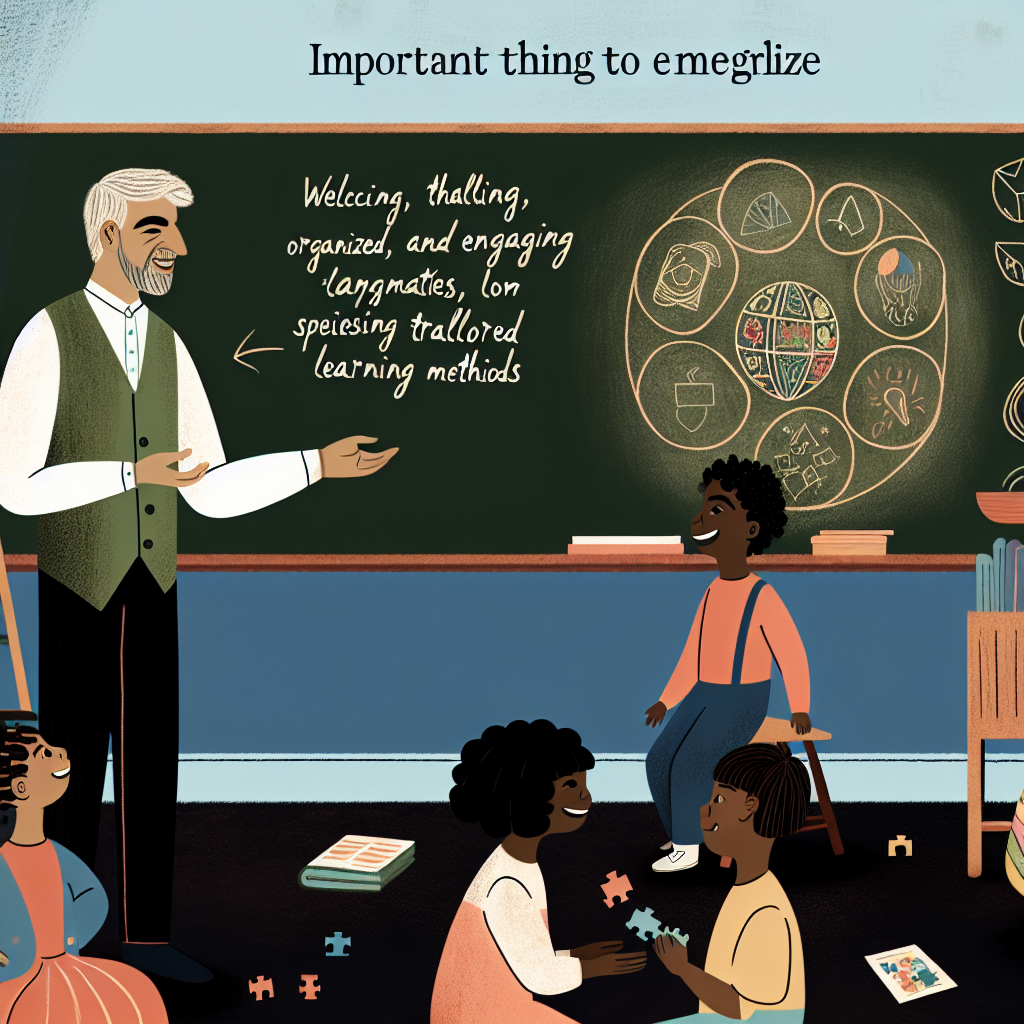Rethinking How We Teach Behavior Analysis: The Instructor as Subject
In many undergraduate psychology and behavior analysis courses, students are taught behavior change principles through hands-on projects. For years, the Self-Management Project (SMP) has been a popular tool. It allows students to apply what they’ve learned by modifying one of their own behaviors. But the SMP has its problems—mainly, it depends on students being fully honest when no one is looking, which isn’t always the case. Also, it may not translate well to real-life jobs where behavior analysts work with others, not just on themselves.
A new approach offers a solution. In 2023, Jillian Dawes proposed an alternative called the Behavior Change Project (BCP), which turns the instructor into the subject of behavior change instead of the student. This idea came from her article published in Behavior Analysis in Practice: “Instructor as Subject: An Alternative to the Self‑Management Project” (DOI: https://doi.org/10.1007/s40617-023-00866-1). This blog post explores the benefits and challenges of this new method and helps educators decide when and how to use it.
What is the Traditional Self-Management Project?
In a traditional SMP, students:
- Choose one of their own behaviors to change
- Set goals and develop intervention plans
- Track their progress, usually without direct supervision
The SMP aims to:
- Teach core behavior analytic principles
- Help students improve their own habits
- Develop data collection and analysis skills
However, research shows some limitations:
- Over 30% of students admitted to faking or altering data
- Lack of guidance from instructors during the process
- May not teach how to apply principles to change others’ behaviors
A Fresh Approach: Instructor as the Subject
The BCP flips the script. Instead of working on themselves, students work in teams to change behaviors of their instructor during live class sessions. This setting:
- Makes dishonesty nearly impossible
- Simulates real-world scenarios where professionals change client behavior
- Encourages teamwork, peer feedback, and in-class practice
Instruction is no longer just about lectures. Students observe behavior in real time, collect data together, assign roles, and work under guided supervision.
How the Behavior Change Project Works
In the BCP, students are divided into small groups and given five clear learning goals:
- Define behaviors in observable, measurable terms
- Take consistent and accurate data using graphs
- Plan and apply evidence-based interventions
- Monitor change using visual and statistical tools
- Write a clear, complete final project report
Each team assigns roles, which typically include:
- Two observers: One primary, one for reliability
- A data analyst: Responsible for creating graphs and analyzing trends
- Two writers: One for the introduction/literature review, one for the results and discussion
Before the project starts, the instructor offers a list of acceptable behaviors to target. These behaviors might include:
- How often the instructor says “um” during lectures
- Their use of the whiteboard or movement in the classroom
- Amount of eye contact or use of course-related terms
Students then select one and develop a plan.
What the Data Show
In a comparison study discussed in Dawes’ article, the BCP and SMP were used in alternating semesters. Results showed the BCP was slightly more effective:
- 80% of BCP projects led to at least a 15% change in target behavior (vs. 72.27% for SMP)
- 50% of BCPs met statistical significance (vs. 36.36% for SMP)
- Students demonstrated strong engagement and better skill application during BCPs
Student Feedback: What They Said
Students generally preferred the BCP experience for five main reasons:
- Team collaboration made the project more enjoyable
- They gained real practice influencing someone else's behavior
- Immediate instructor feedback helped with learning
- Better understanding of data collection and graphing
- More confidence in applying ABA skills outside of class
However, some students still liked the flexibility and self-reflection offered by the SMP. Methods like these offer options, not one-size-fits-all answers.
Student Quotes:
- “The project was a lot of fun!”
- “Learned how to change my own behavior.”
- “The projects were the most enjoyable part of the class.”
Instructor Perspective
Being the subject wasn’t easy for Dawes. She reported feeling uncomfortable at times, especially when students provided feedback on her actions. But over time she saw the value. Five key observations stood out:
- Students were more engaged and motivated
- Collaboration improved class morale
- Projects sparked critical thinking and discussion
- The in-class format allowed for real-time teaching
- Students reported higher knowledge retention
When to Use the BCP
BCP is great for small classes where instructors are involved in daily sessions. Here’s a quick guide:
| Situation | Best Project Type |
|---|---|
| Class size under 30 | BCP |
| Large lecture halls | SMP (or hybrid) |
| Need to practice changing others’ behavior | BCP |
| Want to improve personal habits | SMP |
| Limited in-class time | SMP |
| Instructor available for supervision | BCP |
Where We Go From Here
The initial study had some limits:
- It was based in a military college, which may not reflect other schools
- Small class sizes and strict honor codes may have influenced results
- Lack of long-term follow-up on student performance beyond the course
Future research should:
- Test BCPs in other colleges, community programs, and online settings
- Compare student learning outcomes between BCP and SMP models
- Explore long-term generalization of skills
- Combine elements of both projects into hybrid formats
Final Thoughts
The Behavior Change Project offers a promising path in teaching behavior analysis. It supports teamwork, real-life application, and responsible data practices—skills every future behavior analyst needs. While both methods have value, the BCP may do a better job preparing students for what they’ll face in the field.
Call to Action
Are you an instructor, student, or behavior analyst in training? We encourage you to read Jillian Dawes’ full article at https://doi.org/10.1007/s40617-023-00866-1. Try implementing the Behavior Change Project in your course and share your results. The future of behavior analysis education depends on fresh tools like this—and your input makes all the difference.
Let us know: Would you rather change your own behavior or team up to change your instructor’s?



